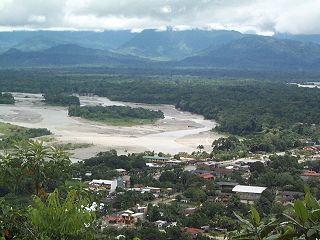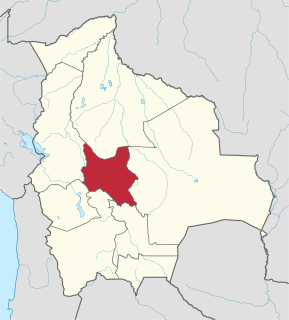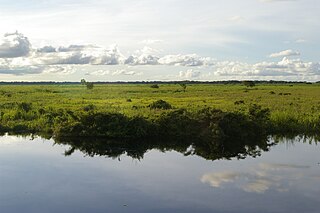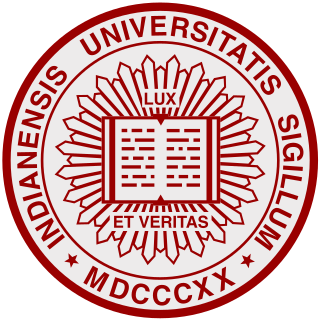Yuracaré (also called Yurujare, Yurucare) are South American indigenous people living on 2,500 square kilometres along the Chapare River watershed in Cochabamba Department and Beni Department, in the Bolivian Lowlands of the Amazon Basin. The Yuracaré reside not far from Santa Cruz de la Sierra and Cochabamba, among the forests and plains near the Andes. They are among the residents of the Yuracaré Native Community Land (TCO), the Yuqui TCO, the Isiboro Sécure National Park and Indigenous Territory, the Chiman Indigenous Territory, and the Multiethnic Indigenous Territory I. [1]

South America is a continent in the Western Hemisphere, mostly in the Southern Hemisphere, with a relatively small portion in the Northern Hemisphere. It may also be considered a subcontinent of the Americas, which is how it is viewed in the Spanish and Portuguese-speaking regions of the Americas. The reference to South America instead of other regions has increased in the last decades due to changing geopolitical dynamics.

The Chapare River is a river in Bolivia, which is a tributary of the Mamoré River in the Amazon Basin. The river has its source at the confluence of Espíritu Santo River and San Mateo River in the Cochabamba Department at Villa Tunari. It is the main waterway of Chapare Province. The fish Gephyrocharax chaparae is found in and named after the Chapare River.

Cochabamba, from Quechua qucha or qhucha, meaning "lake", pampa meaning "plain", is one of the nine departments of Bolivia. It is known to be the "granary" of the country because of its variety of agricultural products from its geographical position. It has an area of 55,631 km². Its population in the 2012 census was 1,758,143. Its capital is the city of Cochabamba, known as the "City of Eternal Spring" and "The Garden City" because of its spring-like temperatures all year.
Contents
The Yuracare language is a language isolate, and is believed to be spoken in Bolivia by between 500 and 2,500 people. There are about 400 families in the Cochabamba Department and 62 Yuracare households in the Beni Department. The Yuracaré, who are one of approximately 35 Bolivian indigenous groups, traditionally bury their dead along with their bow and arrows, as it is a belief that the dead go to a place underground where game is plentiful.
A language isolate, in the absolute sense, is a natural language with no demonstrable genealogical relationship with other languages, one that has not been demonstrated to descend from an ancestor common with any other language. Language isolates are in effect language families consisting of a single language. Commonly cited examples include Ainu, Basque, Korean, Sumerian, Elamite, and Vedda, though in each case a minority of linguists claim to have demonstrated a relationship with other languages.

Bolivia, officially the Plurinational State of Bolivia is a landlocked country located in western-central South America. The capital is Sucre while the seat of government and financial center is located in La Paz. The largest city and principal industrial center is Santa Cruz de la Sierra, located on the Llanos Orientales a mostly flat region in the east of Bolivia.

Beni, sometimes El Beni, is a northeastern department of Bolivia, in the lowlands region of the country. It is the second-largest department in the country, covering 213,564 square kilometers, and it was created by supreme decree on November 18, 1842 during the administration of General José Ballivián. Its capital is Trinidad.








